Vernier: Go Direct Force and Acceleration Sensor
By Edwin P. Christmann
Posted on 2018-10-11
Introduction
The Go Direct™ Force and Acceleration Sensor couples a 3-axis accelerometer with a stable and accurate force sensor that measures forces as small as ±0.1 N and up to ±50 N and can be used in the classroom or outdoors.
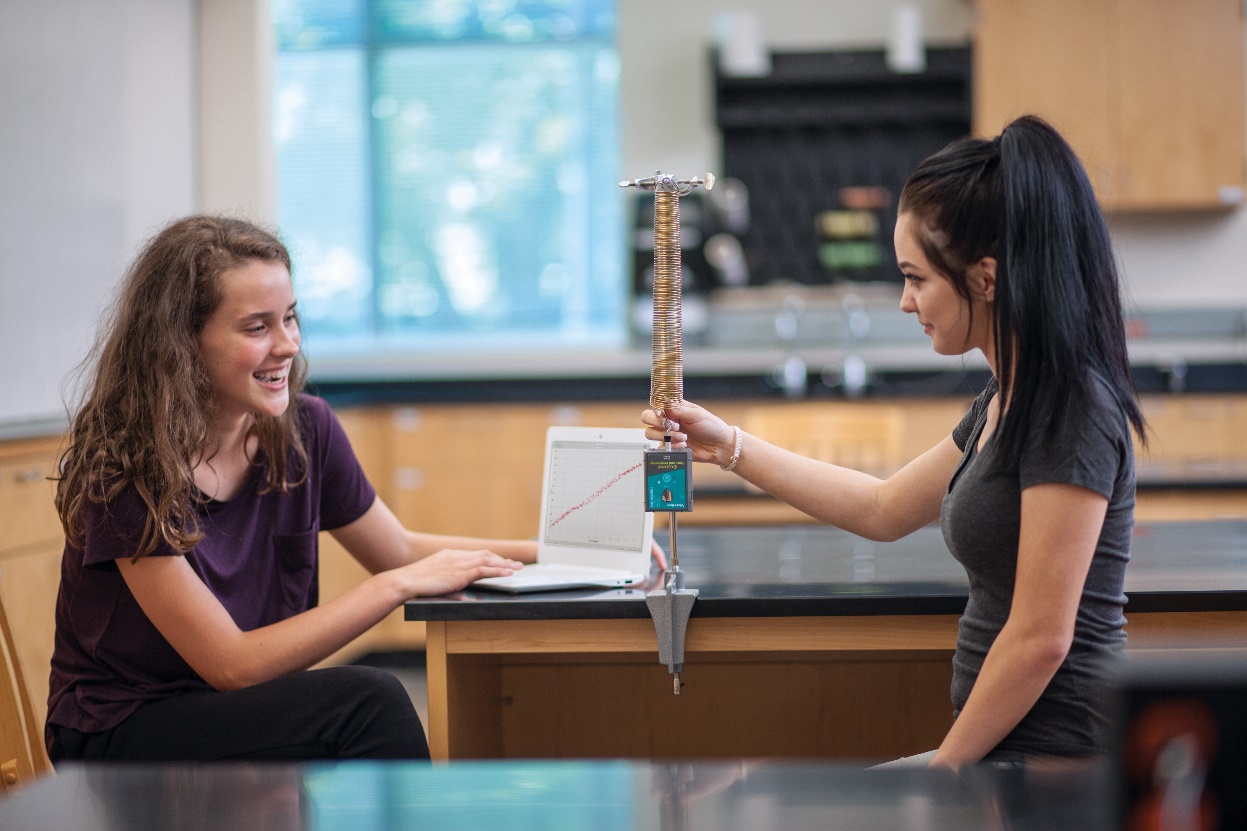
The Go Direct™ Force and Acceleration Sensor connects wirelessly via Bluetooth® or wired via USB to your platform. Subsequently, there is no longer the need for an intermediate interface to link directly to a PC, Mac, Chromebook, or mobile device. Adding to its portability, it hold a charge for two hours, providing a myriad of opportunities for authentic data collection in the classroom, laboratory, and out in the field. Moreover, the Graphical Analysis 4 App allows for battery life monitoring and seamless interfacing.
The Go Direct™ Force and Acceleration Sensor includes a force sensor, 3-axis accelerometer, and 3-axis gyroscope.
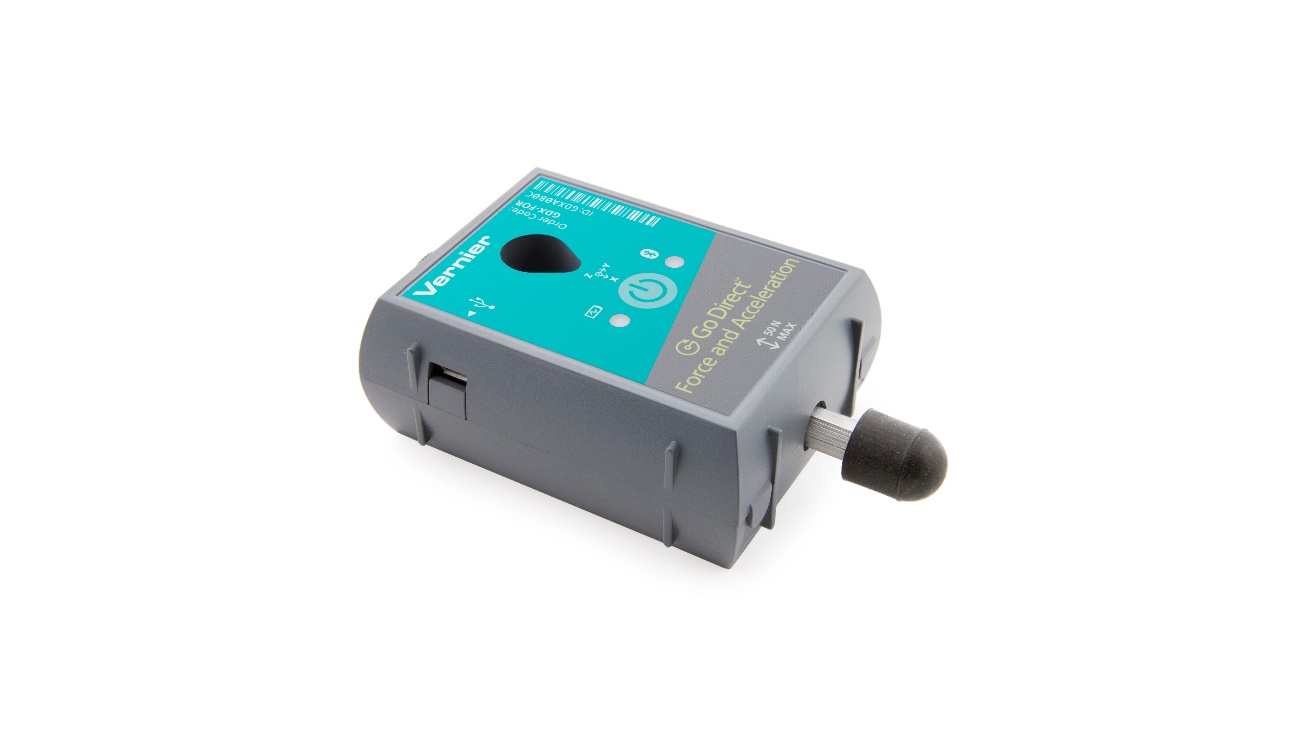
What’s Included
• Go Direct™ Force and Acceleration
• Hook attachment
• Bumper attachment
• Nylon screw
• Accessory Rod
• Micro USB Cable
Classroom Applications:
Go Direct™ Force and Acceleration can be used in a variety of experiments:
• Unpack Newton’s Third Law by linking the hooks of two force sensors with a rubber band.
• Utilize the force sensor to pull an object across a surface profile to measure frictional forces (refer to the media link at the end of the review).
• Attach the force sensor to the Vernier Centripetal Force Apparatus to measure centripetal force and acceleration simultaneously.
• Position sensors on Dynamics Carts to investigate forces and accelerations in collisions.
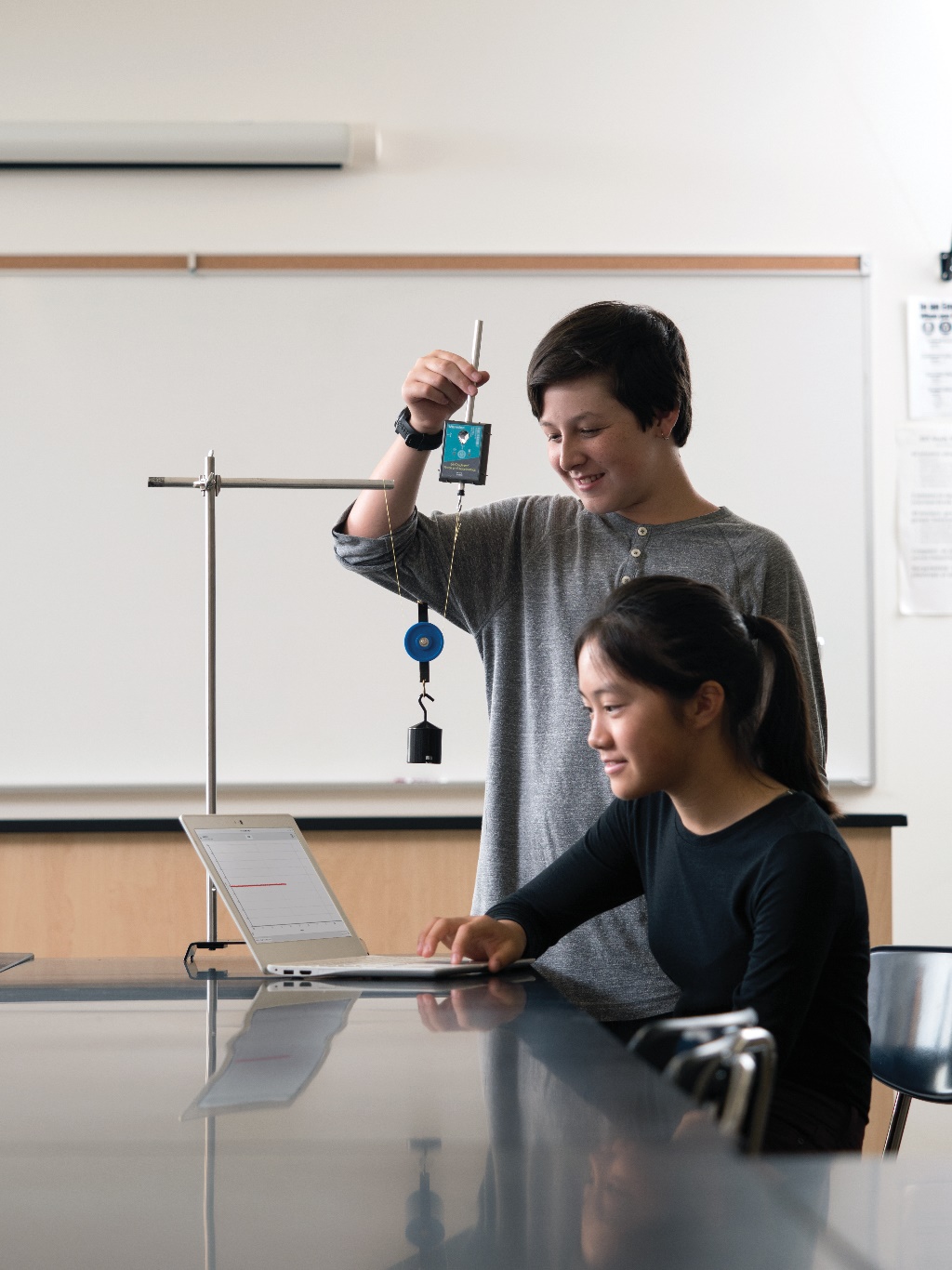
Examples of Data Collection
Image 1. Time and Force
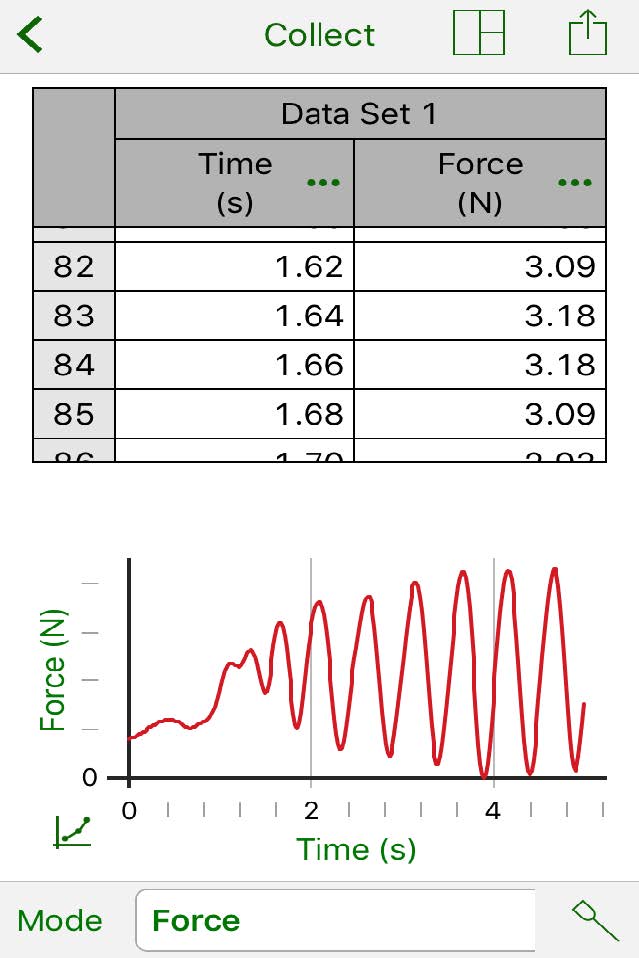
Image 2. Time and Force
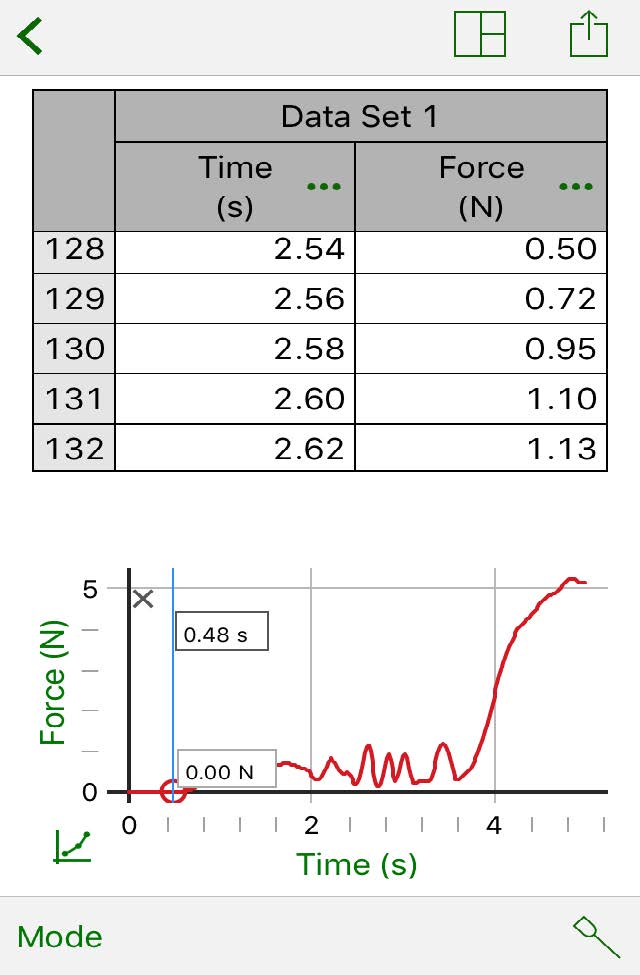
Image 3. Newton’s Third Law
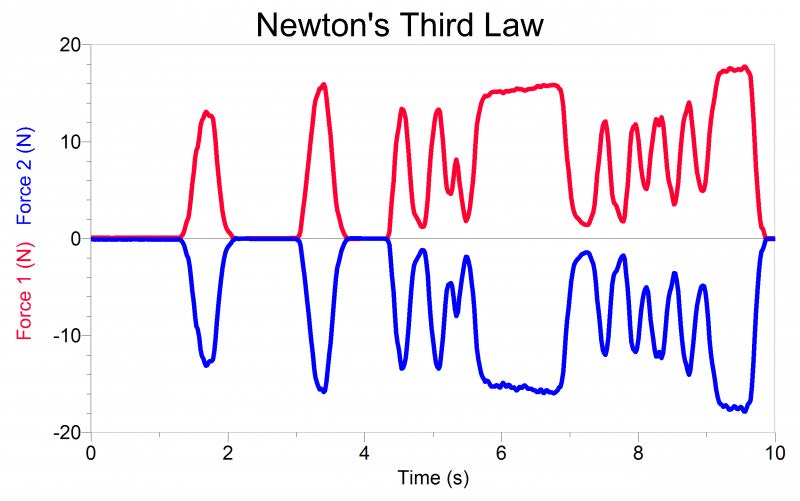
Specifications
• Force: ±50 N
• Acceleration: 3 axis, ±16 g
• Gyroscope: 3 axis, 2000°/s
• Connections: Wireless: Bluetooth, Wired: USB
For more information and a demo experiment click here:
https://www.vernier.com/experiments/msv/29/frictional_forces/
Cost- $99
—————————————————————————————————————————————————————————————
Example of Impulse and Momentum Activity (option 1) – https://www.vernier.com/experiments/pep/6/impulse_and_momentum/
Introduction
The goal of this activity is to relate impulse and momentum, and to determine that the impulse is equal to the change in momentum. The investigation is set up in two parts. First, students will evaluate how to quantify the event that causes a change in motion (i.e., impulse). The second is to develop a model for how impulse changes the velocity or momentum of an object.
In the Preliminary Observations, students observe a cart experiencing an impulse, using a hoop spring on a force sensor to change the momentum of a cart. Students address impulse in Part I of the investigation.
In Part II, students address the question of quantifying the change in the motion state of the cart. Students who investigate the relationship between impulse and change in velocity should find that the constant of proportionality is about equal to the mass of the cart. Students who investigate the relationship between impulse and change in momentum should find that the two values are nearly numerically equal.
Learning Outcomes
•Identify variables, design and perform investigations, collect and analyze data, and draw a conclusion.
•Determine impulse and change in momentum based on measurements of force and velocity.
•Create a mathematical model of the relationship between impulse and the change in momentum.
Sensors and Equipment
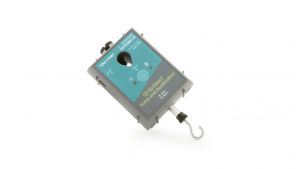

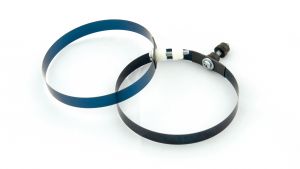
Next Generation Science Standards
Disciplinary Core Ideas
•PS2.A Forces and Motion
Crosscutting Concepts
•Patterns
•Cause and Effect
•Systems and System Models
Science and Engineering Practices
•Planning and carrying out investigations
•Analyzing and interpreting data
•Using mathematics and computational thinking
•Constructing explanations and designing solutions
•Science models, laws, mechanisms, and theories explain natural phenomena
—————————————————————————————————————————————————————————————–
Edwin P. Christmann is a professor and chairman of the secondary education department and graduate coordinator of the mathematics and science teaching program at Slippery Rock University in Slippery Rock, Pennsylvania. Mark Hogue is an assistant professor of the secondary education department and teaches mathematics and science methods at Slippery Rock University in Slippery Rock, Pennsylvania. Caitlin Baxter is a graduate student in the mathematics and science teaching program at Slippery Rock University in Slippery Rock, Pennsylvania.
Disclaimer: The views expressed in this blog post are those of the author(s) and do not necessarily reflect the official position of the National Science Teaching Association (NSTA).


